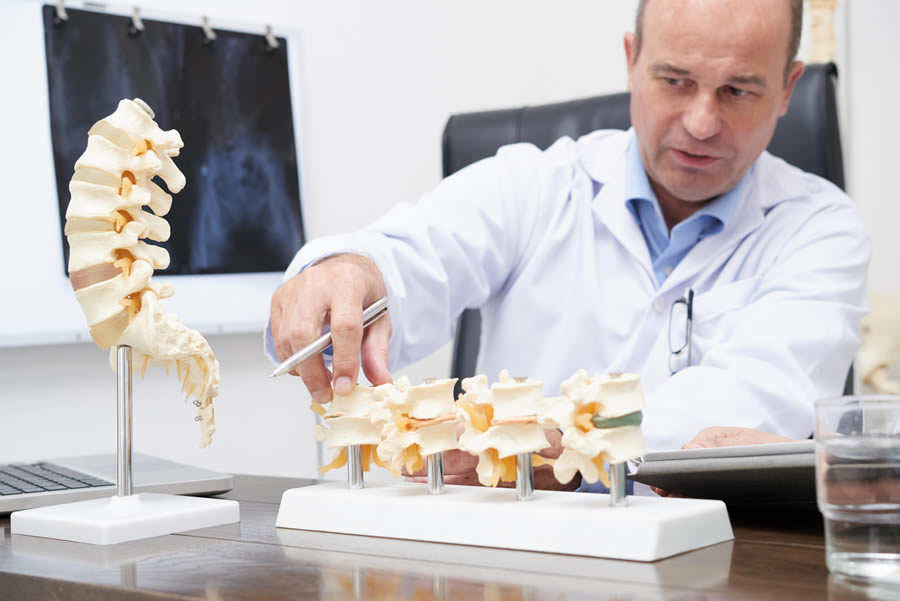Menu
- Home
- Treatments
- Our Providers
- About Us
- Patient Info
- Testimonials
- Locations
- Blog
- Financing
- Contact Us
- Home
- Treatments
- Our Providers
- About Us
- Patient Info
- Testimonials
- Locations
- Blog
- Financing
- Contact Us

Does the persistent throb in your back make even the simplest tasks seem monumental? If you're struggling with spinal fractures, then you may want to consider kyphoplasty, a minimally invasive procedure that can alleviate pain and restore mobility. At National Vascular Associates, we provide a wide selection of services that can help you recover. Are you wondering if an interventional radiologist can help reduce your back pain? Read below to find out why kyphoplasty might be the solution you need.

Kyphoplasty can be a lifeline for those dealing with vertebral compression fractures. These fractures usually result from conditions like osteoporosis, where the bones become fragile and more prone to breaking. When vertebrae are healthy, they're sturdy and resilient. But with osteoporosis, they become brittle and can easily collapse. The result is often intense pain, reduced mobility, and a quality of life that's severely compromised. Kyphoplasty can offer a way to relieve pain, stabilize the spine, and improve posture.
The kyphoplasty procedure starts with the physician making a small incision. Then, they insert a narrow tube, where a special balloon is guided into the fractured vertebra. This balloon is then carefully inflated, restoring the height and shape of the vertebra. It's like pumping air back into a deflated tire, giving it the strength and structure it needs. Once the vertebra is back to its original shape, the balloon is removed, and the space it created is filled with a cement-like material. This solidifies the vertebra, ensuring it stays in its corrected position.
What happens during kyphoplasty? The procedure usually takes about an hour per vertebra and is typically performed under local anesthesia by a qualified physician. Here's a step-by-step breakdown:
Throughout the procedure, our team ensures you're comfortable and informed every step of the way.
With its minimally invasive nature and quick recovery times, kyphoplasty minimizes disruption and maximizes results. At National Vascular Associates, we pride ourselves on delivering care that's effective, compassionate, and personalized. We are dedicated to guiding you through every step of your journey to spine health, ensuring you feel supported and confident in your choice of treatment. If you're tired of struggling with spinal pain and think kyphoplasty might be right for you, reach out to us for more information or to schedule an appointment with an experienced interventional radiologist.